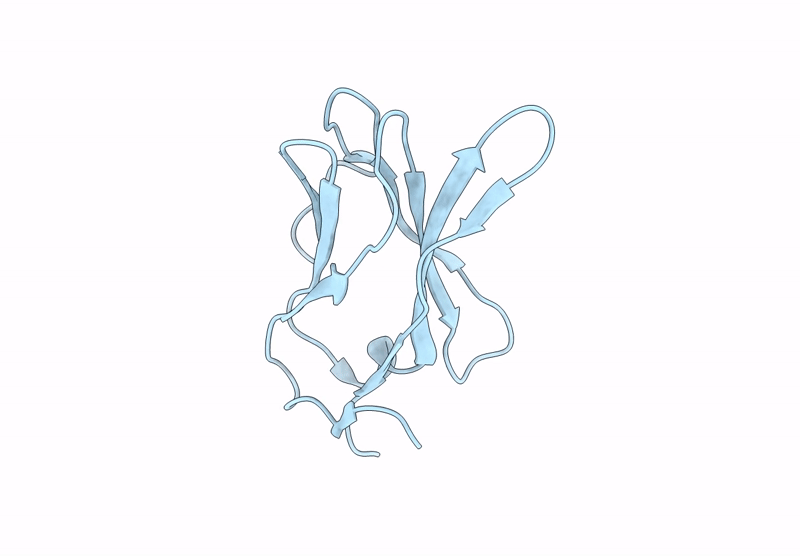
Deposition Date
2023-01-05
Release Date
2023-02-22
Last Version Date
2024-11-13
Entry Detail
Biological Source:
Source Organism:
Scyliorhinus canicula (Taxon ID: 7830)
Host Organism:
Method Details:
Experimental Method:
Resolution:
1.35 Å
R-Value Free:
0.21
R-Value Work:
0.21
Space Group:
C 1 2 1


